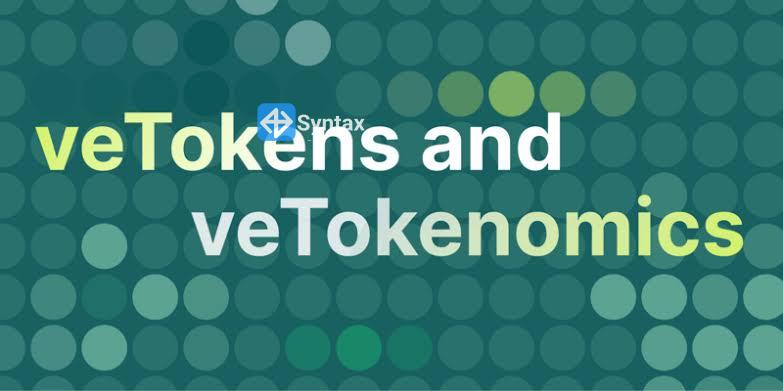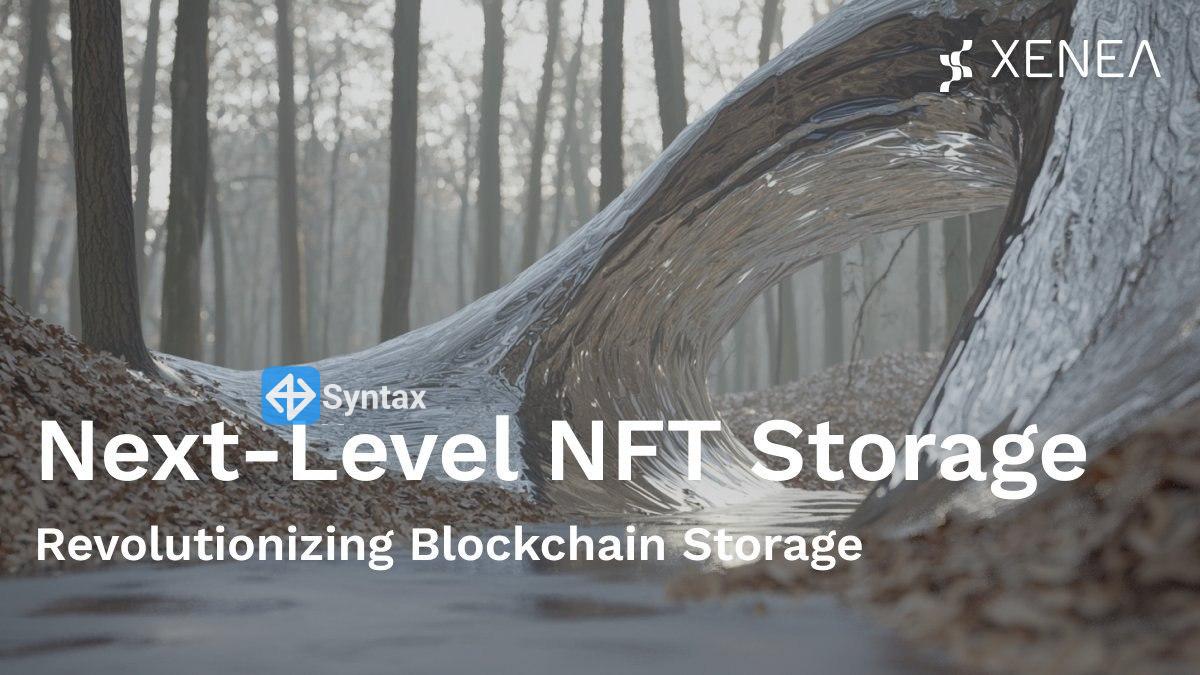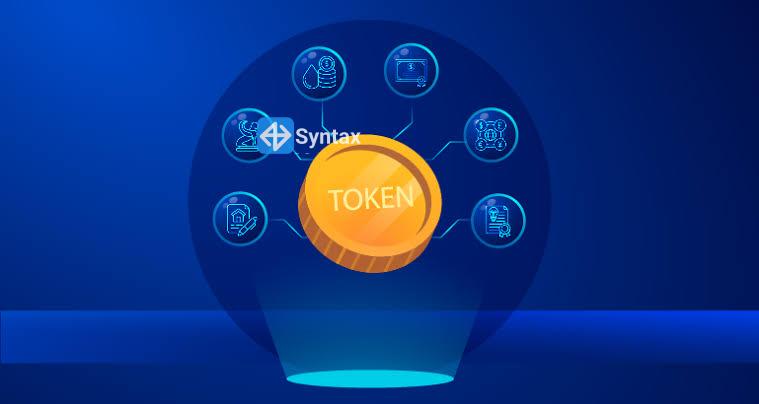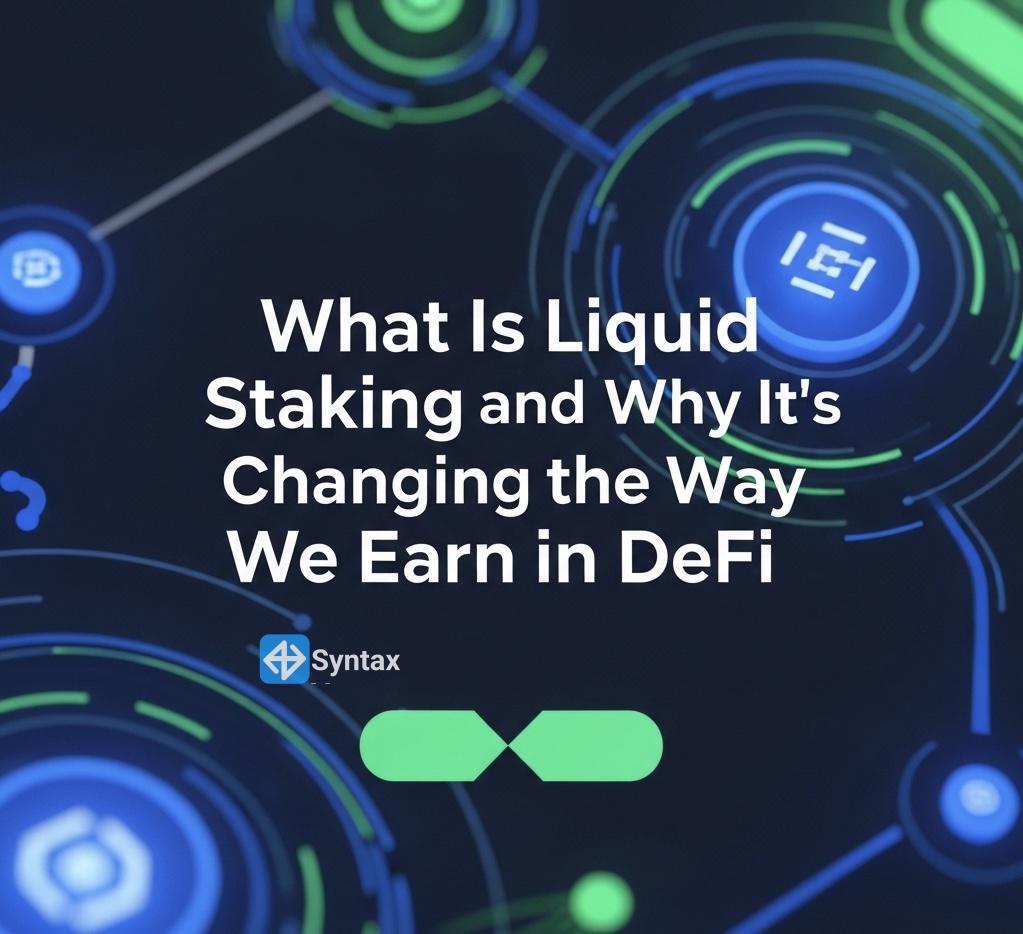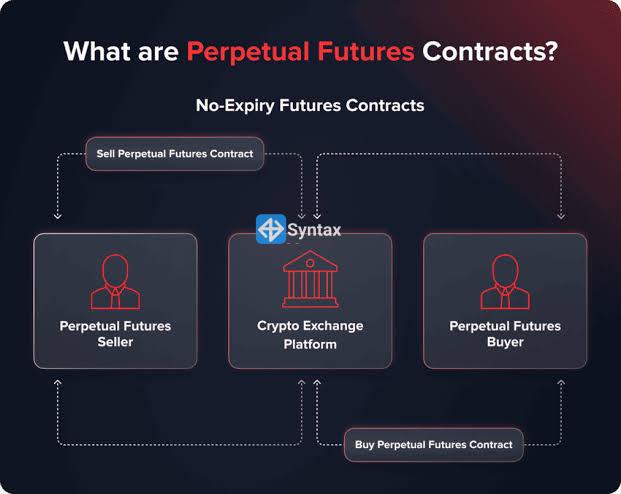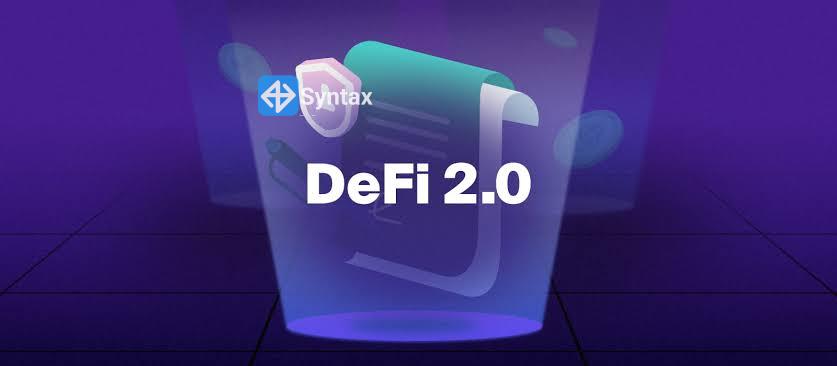This can apply to governments, with authority transferred from a central government to regional or local bodies, or to organizations, where decision-making is spread among different departments or branches. In digital systems, decentralization aims to eliminate single points of failure by distributing control and data across a network.
In government and organizations
Power distribution: Authority for planning and decision-making is moved from the top to lower levels of government or management.
Benefits: This can lead to faster and more informed decisions because local decision-makers are closer to the issues, and it helps develop future leaders by giving more individuals the chance to share in decision-making.
Challenges: Maintaining consistency across all the decentralized units can be difficult, and it may lead to increased costs as more resources are needed at multiple locations.
In digital systems
Eliminating single points of failure: Decentralization in digital systems, like blockchain, removes the risk of a single point of control or failure by distributing data and functions across a network of independent actors.
Examples: The Bitcoin network is a prime example, where no single entity controls the entire system. In Web3, Decentralized Autonomous Organizations (DAOs) use blockchain to allow for open, verifiable, and permanent decisions by a community rather than a central authority.



